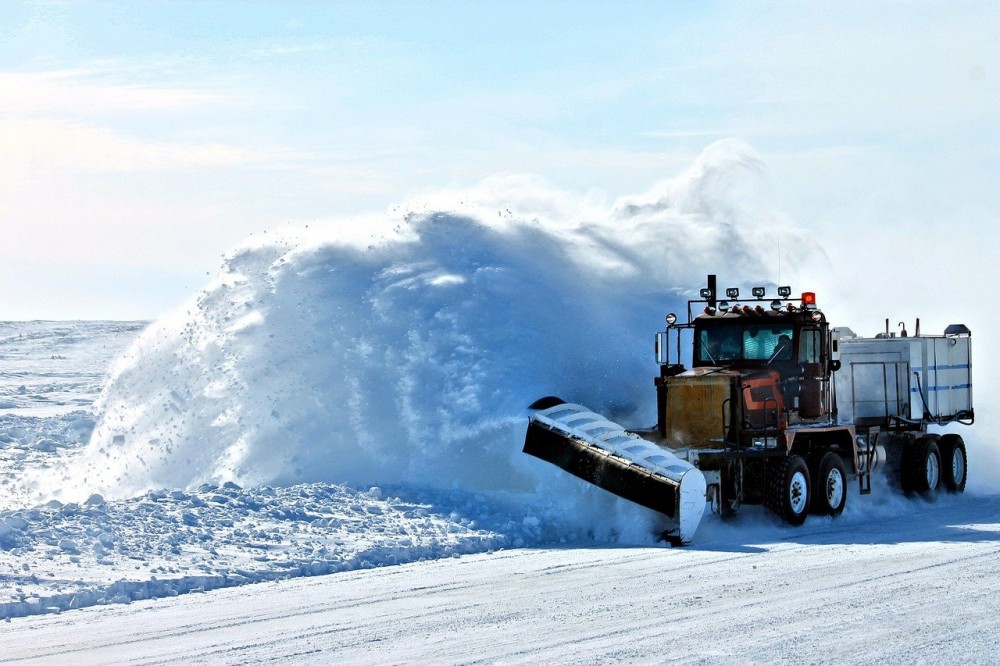Onboard telematics, an advantage in special fleets

When thinking of a fleet of vehicles, we all picture freight trucks, cars, or vans, and of course fleets of city buses, motor coaches, or shuttles. Our mind’s eye sees lines of vehicles, all of the same make and model, emblazoned with corporate colors and company logos (as children we all spent endless hours in our parents’ car gazing out the window...).
These fleets are major assets for the companies that own them. They allow them to carry out their business and serve as excellent billboards for their brands. However, they are also right up there with payroll in terms of costs.
The advantages of onboard telematics (MOVILOC in GMV’s case) are clear, allowing fleet managers to optimize the use of their most important assets, so that they can, among other things:
- Ensure that jobs are being completed correctly and on schedule
- Avoid wasting fuel (one only needs to read the news)
- Manage preventative and corrective maintenance
- Have speed and accident alerts in place
If you agree with what I have said so far, great. You are right! But you are only looking at the tip of the iceberg. Below the surface there is a world of possibilities: special fleets. These are fleets that don’t immediately spring to mind. We see many of them almost every day, but even so they manage to slip under our radar.
Special vehicles are also key assets, even proving crucial in some cases. Naturally, classic fleet management parameters like the ones mentioned above (vehicle location, stop and travel times, fuel consumption, idling times, speeds, etc.) are also important. These are just the basics, however. When it comes to managing vehicle data, we need to go a step further. Let’s take a look at some examples:
- Concrete mixers: for these companies it is just as important to know the vehicle’s location and journey times as it is to know the “health” of the concrete mix it is transporting (which is a living product that expires quickly). We can ascertain its health using three sensors connected to our equipment:
- Rotation sensor: shows whether the mixture is being stirred (and at what speed) or poured (measuring the amount)
- Pressure sensor: indicates the pressure at which the mixture is being transported
- Flowmeter: sends an alert if water is being poured into the mix, which could change its properties
By reading the values of these sensors, the quality manager of a concrete company can determine the state of the load and prevent the product from being wrongfully used where it was not intended.
- Snow ploughs: knowing which routes a snow plough has traveled is important, but what the Department of Public Works (i.e. the end customer) really wants to know is which roads have been covered with snow melt, as well as the type and flow rate (preventive maintenance), and which roads have been cleared of snow with the plough down (corrective maintenance).
- Waste collection: for proper planning and pricing of these services (which can be easily integrated into smart cities), it is essential to know which containers have been collected, their fill rate and weight. These data are collected with RFID readers, which identify the containers, and dynamic weighing sensors connected to the onboard equipment.
- Construction machinery (scissor lifts, lifting platforms, etc.): these vehicles are rented and cannot travel very far (in fact, they must be transported on special platforms), so location is relatively unimportant. Instead, the critical parameter is the number of hours they are used. This information is vital for preventive maintenance, but also for invoicing the service. Such is the roguishness in this sector that onboard telematics not only measures hours of operation, but also has a built-in immobilizer to prevent the machine from being used outside the rental periods.
- Agricultural machinery: by connecting onboard equipment to the implement (combine harvester, herbicide dispenser, fertilizer sprayer), the area covered can be calculated with high accuracy, whether it is being cultivated or treated with chemical products.
- Electric cars: I have included electric vehicles in this “special” category because of their low uptake, their high expectations of penetration in the fleet market in the short-medium term, and the high level of technology in them.
Telematics has a lot to contribute to a company’s decision to electrify (or not) its fleet. When making a decision about switching to electric power, telematics can construct a fleet’s mobility profile (average journeys, peak journeys, average stop times and locations), data that will be key to identifying the electric car models that will enable upkeep with mobility patterns. Once the switch is made, the connection to the vehicle’s CanBus will provide a clear picture of the high-voltage batteries’ charging and draining patterns, as well as the possibility of having preventive alerts set up for the electrical system.
There are even more examples of special fleets, and we have learned a great deal from all of them thanks to the implementation of the MOVILOC telematic fleet management service. We have listened to our customers and carried out turnkey developments over the almost 18 years of MOVILOC’s existence, developments with high added value that have been incorporated into its catalogue and that a growing number of companies are using in their daily operations to make more optimal use of their vehicles.
Author: Ramón Dávila